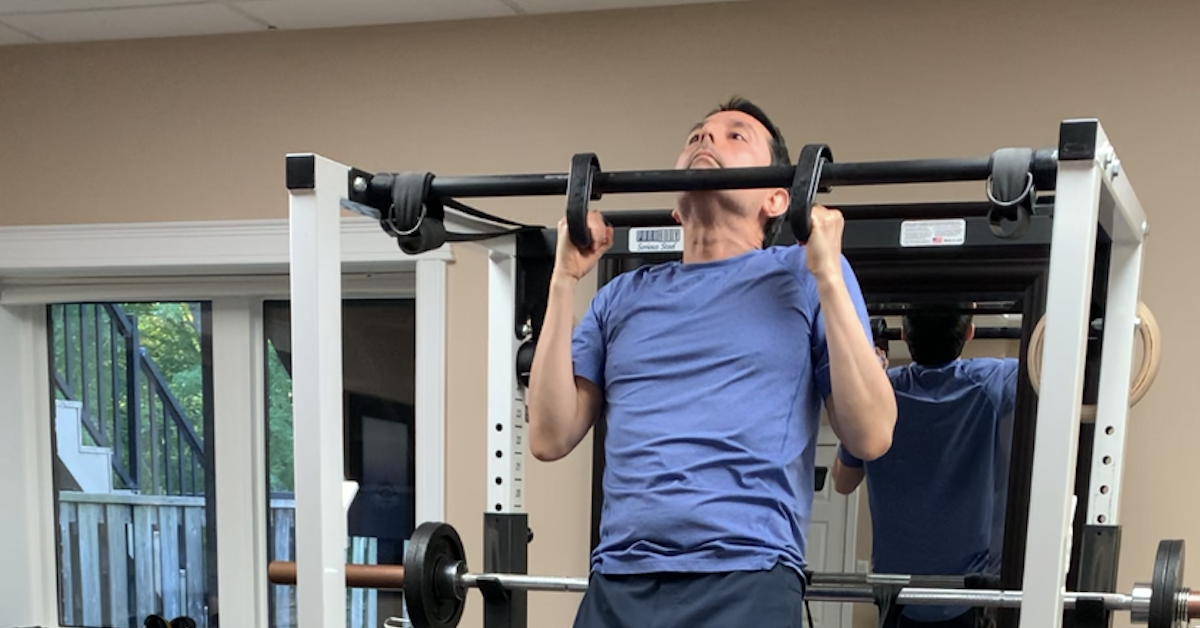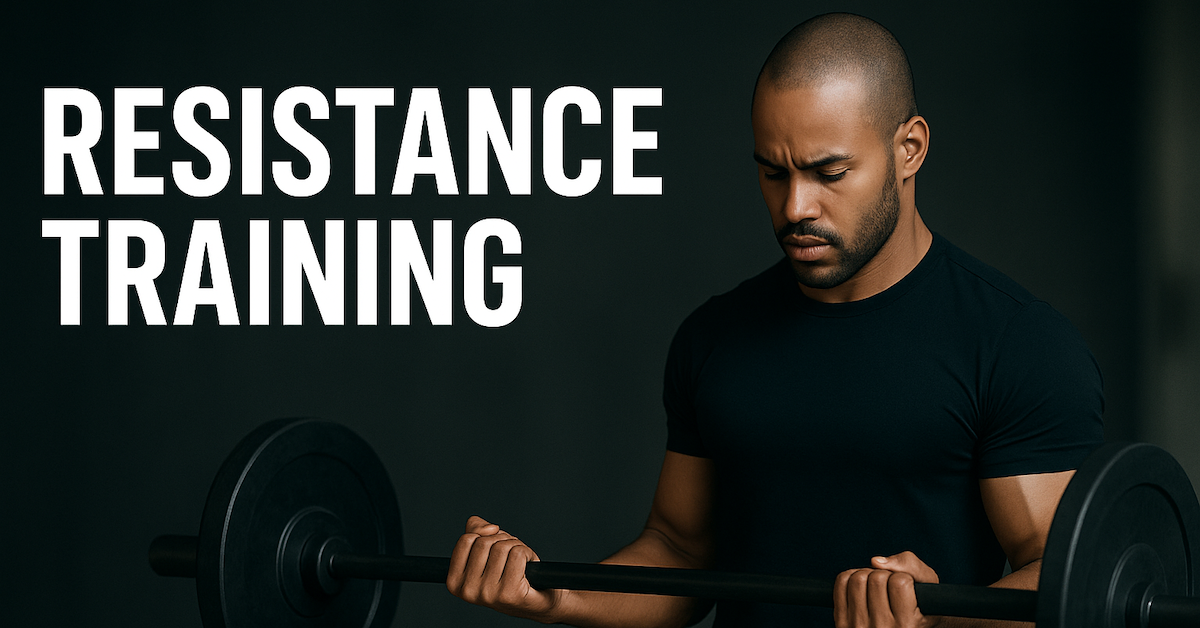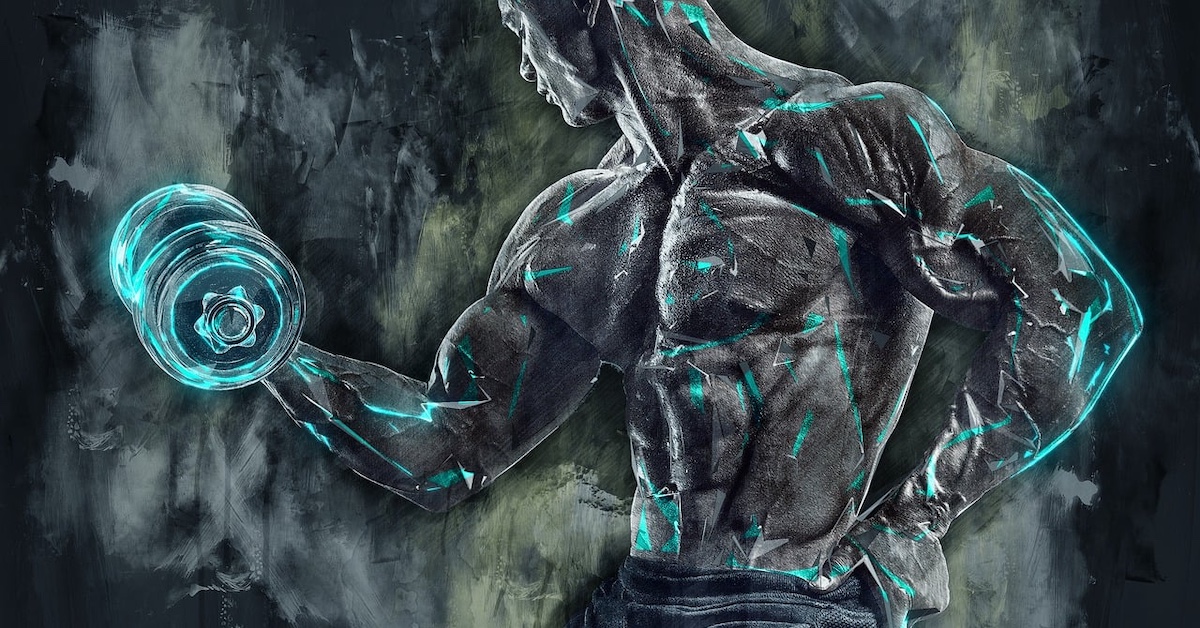One of my most popular articles to date is about calf training: The Answer for Massive Calves
It’s been widely discussed in forums, and I still receive questions about this method—especially about tempo:
“Is it really necessary to go that slow when training calves?”
Yes, it absolutely is. Here’s why.
Why Slow Reps Matter for Calf Training
The Achilles tendon is the largest and strongest tendon in the human body, and the ankle joint has a small range of motion. If you train calves too fast, the stretch reflex will do most of the work instead of your muscles. That means less muscle activation and minimal calf development.
The solution? Eliminate the stretch reflex.
- Pause for one to two seconds at the bottom. This removes the spring-like effect of the Achilles tendon.
- Raise the heels slowly to ensure maximum muscle engagement.
- Hold the contraction at the top for one to two seconds to increase time under tension.
If you bounce out of the bottom, you’re just using tendon elasticity—not muscle strength.
Insights from Christian Thibaudeau
Strength coach Christian Thibaudeau shared some interesting calf training observations on the Under The Bar Podcast:
- Calf growth is highly genetic.
- The calves have the lowest trainability of any muscle group.
- You’re either born with big calves, or you’re not.
- Obese individuals often have the biggest calves due to carrying heavy loads for long periods.
- Achilles tendon length affects calf appearance.
- Bodybuilders with long Achilles tendons often appear to have small calves relative to their other muscles.
- Lower insertions create a more aesthetic look.
- If you were to cut out the calf muscle, it would actually be a large chunk of meat—it just looks smaller compared to the rest of their body.
Bottom Line
Train calves with slow, controlled reps. Avoid bouncing at the bottom, and pause at both ends of the movement to increase time under tension. This technique ensures that your calf muscles, not your Achilles tendon, are doing the work.

From Zero to Two: Leo’s Chin-Up Breakthrough
When Leo began training with me in September 2024, our first goal was to improve body composition — lose fat,

Resistance Training Foundations: How to Progress Safely and Build Real Strength
Resistance training isn’t just for bodybuilders. Whether you’re just starting out, returning after a break, or training for performance, knowing

Neck Extensions Before Arm Curls: Unlock More Strength
When most people warm up for arm curls, they’ll hit a few light sets or maybe stretch out a bit.
follow
Error: No feed with the ID 2 found.
Please go to the Instagram Feed settings page to create a feed.
